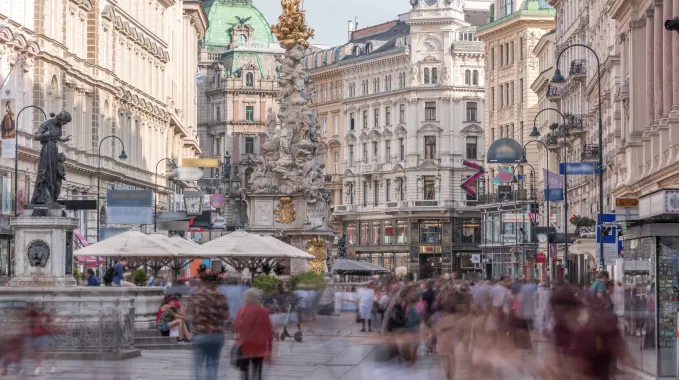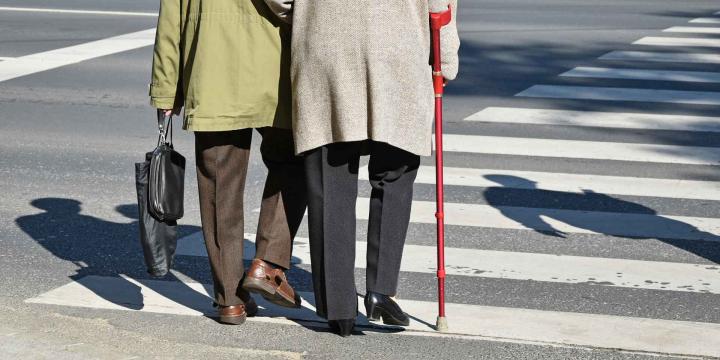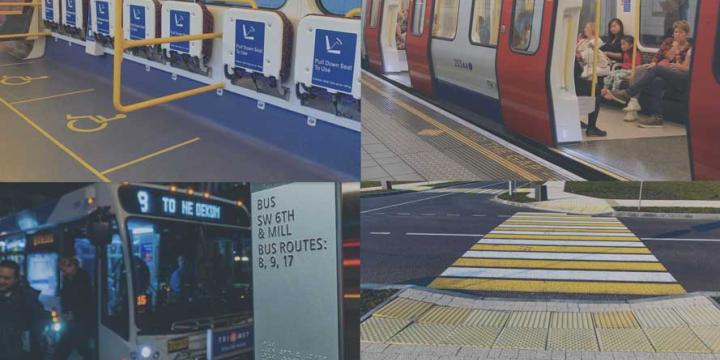Course Info
7 video lessons (53 Mins)
Published
-
4.55
Preview Course
Browse Course Chapters
-
1.Introduction and Review
6 mins
-
2.From Swampy Slum to Thriving Neighborhood
12 mins
-
3.Socially Sustainable Design Toolkit
9 mins
-
4.ASLA Guides for Socially Sustainable Planning
7 mins
-
5.A Second Chance for Social Sustainability
10 mins
-
6.The Small but Mighty Power of Social Infrastructure
5 mins
-
7.Concluding Thoughts
2 mins
What You Will Learn
- Examine case studies from abroad and be able to recognize how their best practices could be applied to cases in the U.S.
- Recognize what a socially-sustainable place looks like and what distinguishes it from places not designed with this approach in mind.
- Develop a working knowledge of the tools and techniques a planner uses to create socially-sustainable outdoor spaces.
- Build a nuanced understanding of the different types of socially-sustainable spaces for specific communities and what their specific qualities and needs are.
- Comprehend what the roles of the designer and the community can be in creating spaces with social sustainability and in setting up the processes and structures that ensure long-term success.
- Understand how small-scale social sustainability can successfully translate to larger scales and why this is an important tool in the face of climate change and other significant existential challenges.
Course Description
In the second part of this two-part course, we'll continue working with the question of how designers can create built environments that foster vibrant, engaged communities. We’ll go on to examine some contemporary theories and case study examples around social sustainability in landscape design. From the Malmo community of Sweden, to transformed cities in Colombia, to international guides on social sustainability, this course will provide a worldwide perspective on universal ideas and tools that can help reinvent communities.
We will begin with the excellent and very transferable best practices lessons from a successful Swedish project with a strong focus on sustainability, the Malmo community of Augustenborg. We’ll spend a minimal amount of time on theory and framework, using the U.K.-based Street Life’s framework identifying some of the key requirements for and signs of social sustainability. We'll then move back to the U.S. context and review some contemporary socially-sustainable design projects. We’ll briefly touch on how the American Society of Landscape Architects is advocating for and promoting socially-sustainable design practices in the profession. We’ll review some of the work of sociologist Eric Klinenberg on what he calls social infrastructure and how what we might easily think is a humble and small-scale idea can actually play a pivotal role in our ability to confront large-scale existential challenges like the climate crisis. And we’ll look at how putting social sustainability front and center can help reinvent New Orleans and Detroit – and provide valuable lessons for other cities.
Learn these skills
- Environmental Planning
- Land Use
- Parks & Recreation
- Pedestrian Planning
- Plan Making
- Site Planning
- Sustainability
- Urban Design
- Urbanism
- Walkability
AICP CM
This course is approved for 1 AICP CM credit.



























